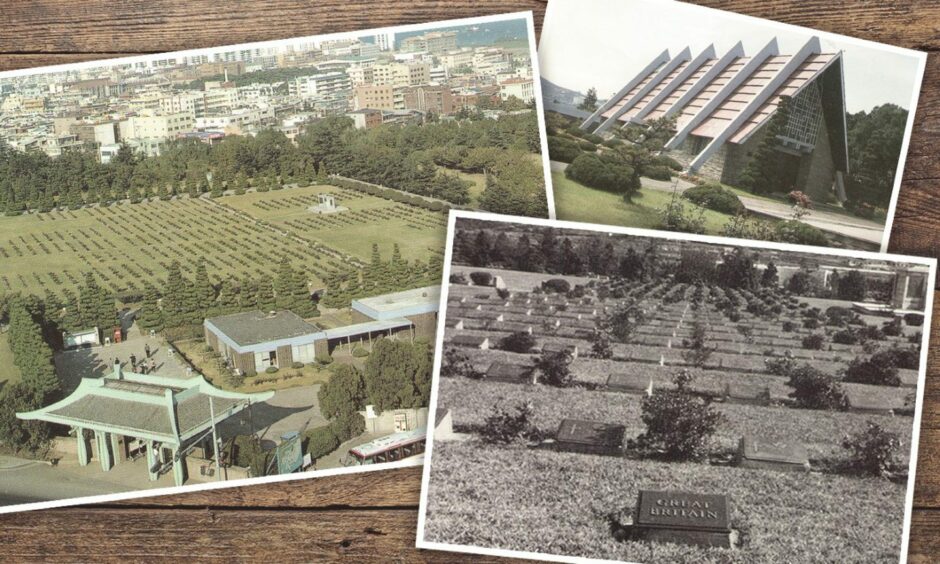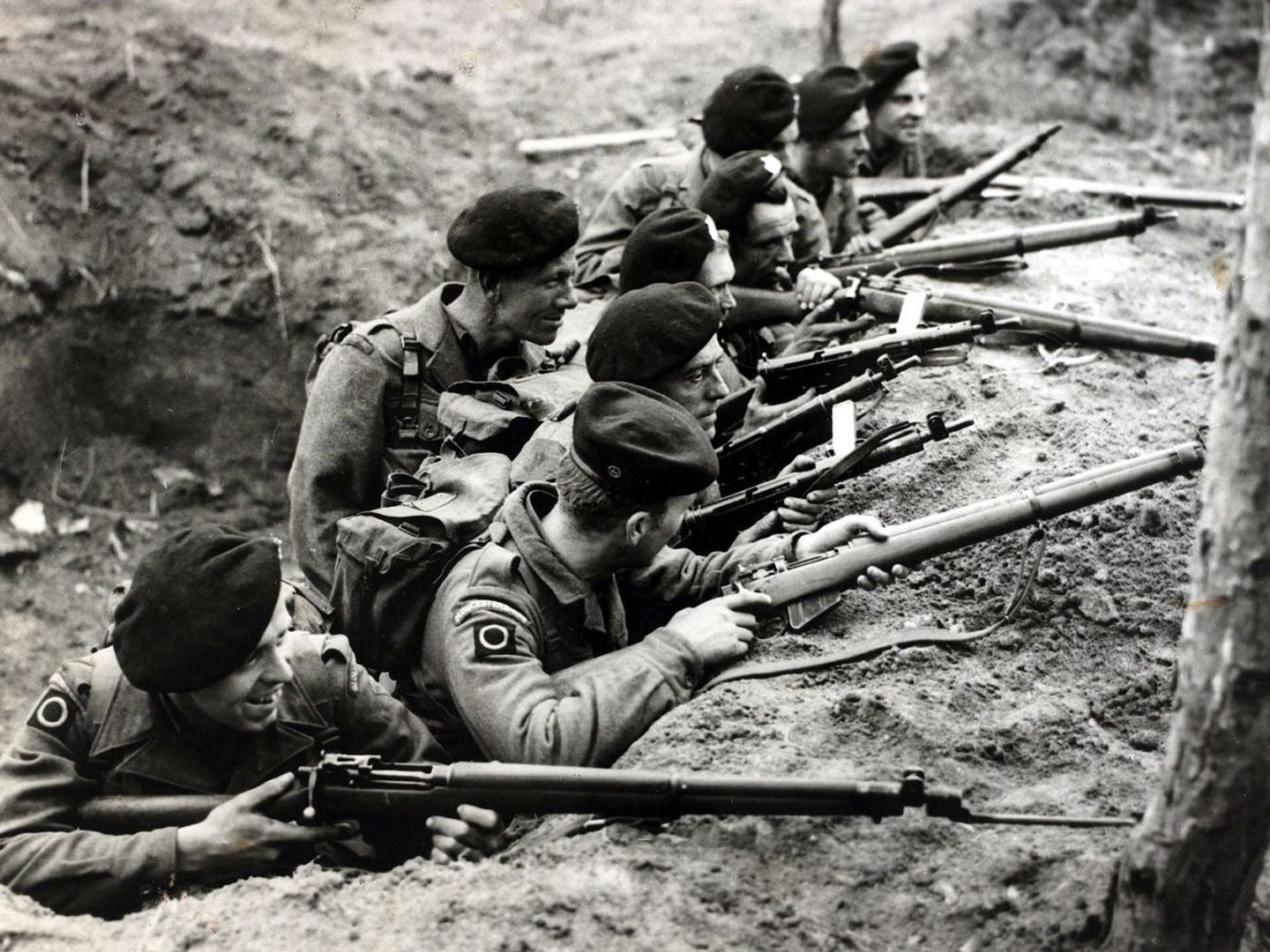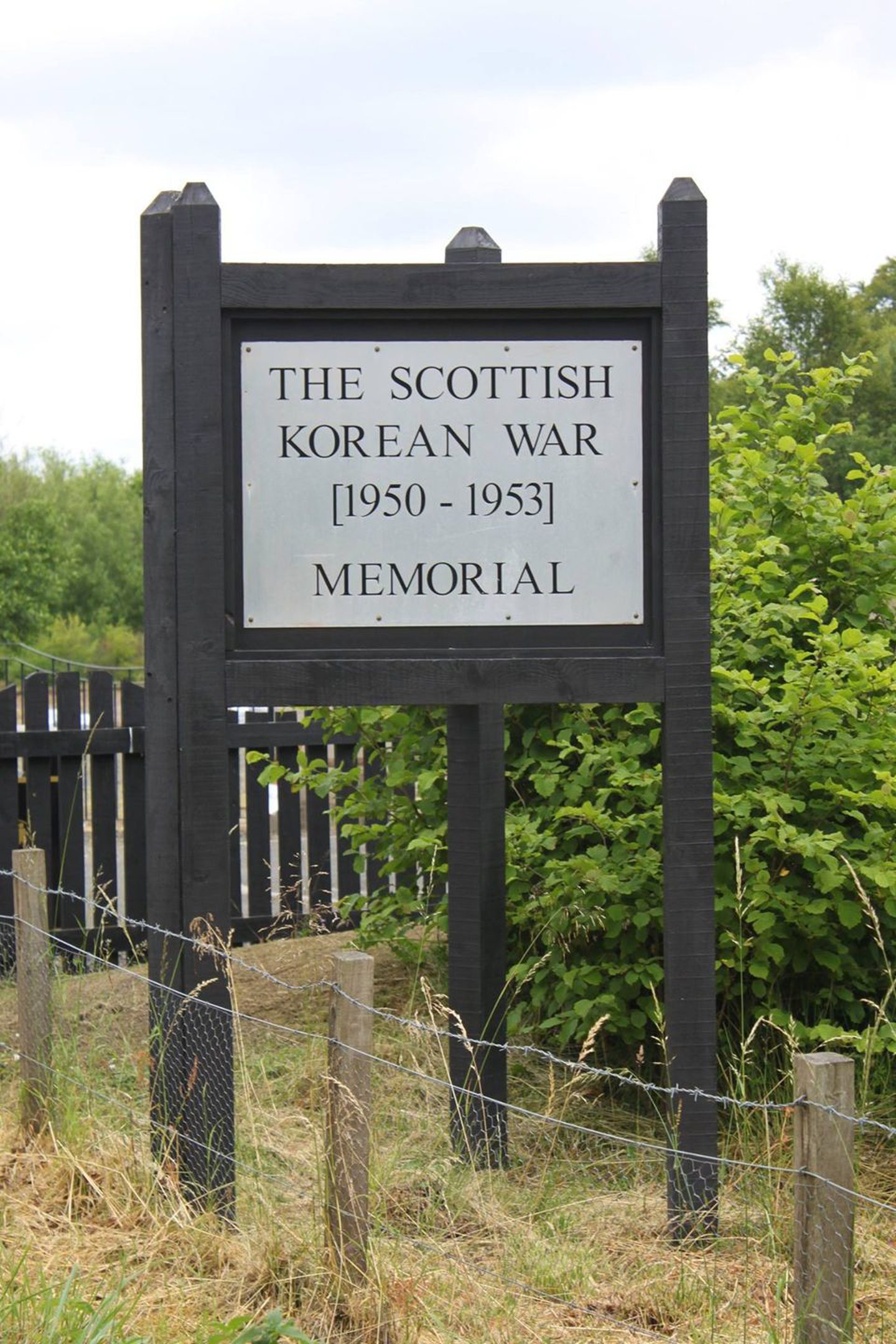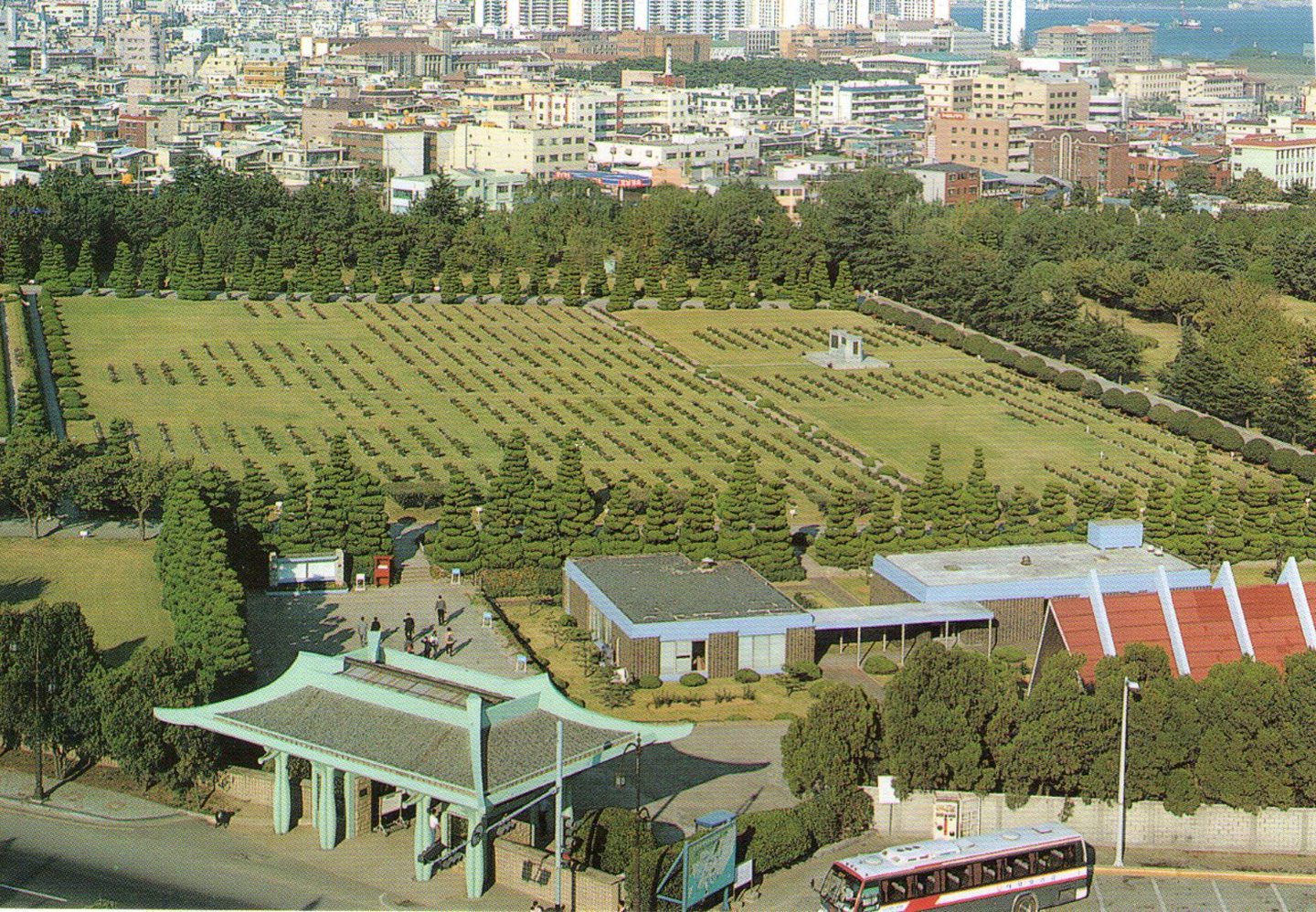
They were men who survived the Second World War and must have imagined their fighting days were over – but fate had other plans with the Korean war.
Their names are listed as neatly as you might expect in a military formation: page after page of Scottish soldiers who served their country and died in the conflict.
The hostilities erupted after North Korea, supported by China and the Soviet Union, invaded its southern neighbour in June 1950, which led to the latter being backed by the United Nations and, principally, the United States, as the conflict intensified.
And, with the Iron Curtain having descended at the end of the Second World War, there was never any prospect of the fighting being contained to Korean troops.
Instead, soldiers from every part of the world were soon embroiled in a brutal series of battles which often dragged on for months with heavy losses on both sides and led to the deaths of as many as three million people, including huge numbers of civilians.
A ‘forgotten’ war
The conflict which continued from 1950 to 1953 before a ceasefire on July 27, has become known as the ‘Forgotten War’. Yet, more than 1,000 British servicemen lost their lives and around another 2,500 were injured, often seriously, when the UK entered the conflict as part of a United Nations coalition which was tasked with defending South Korea from North Korean aggression.
It’s impossible to list the names of all the victims, although their bravery will be commemorated, both in Scotland and in London on Thursday to mark the 70th anniversary of the cessation of hostilities.
There’s Dundee men Kenneth Ford, John Murphy, Hugh Cox, Robert Kemp, Roy England, Jack Nixon, Albert Lorimer, Robert Stark and Alexander Ramsay.
Those from Fife who died in Korea include Robert Easton and William Kirk, both from Kelty, John Braid from Kinghorn, John Reekie from Kinglassie, Peter Cunningham from Methil and Thomas Philp from Upper Largo.
Some of the other victims were James Butler from Nairn, John Farquhar and George Hadden, both from Elgin, Stewart Sutherland from Blairgowrie, Colin Meikle from Inverness and the Perth duo Alexander McIntosh and James Livingstone.
Opportunity to remember those lost
Almost no part of Scotland did not suffer loss as the hostilities continued and communities which had already faced grievous privations during the Second World War were once again in mourning for their lost boys on foreign fields.
Austin Hardie, director of Poppyscotland, said: “It is true that the Korean war is often overlooked when we think of yesterday’s conflicts, but this year, we have an important opportunity to remember those that served in this conflict, those that were wounded, and those that paid the ultimate price in service to their nation.
“During this conflict, conditions were tough, battles were tougher, and many British servicemen endured significant ordeals. When they arrived home, unlike at the end of the Second World War, there was little fanfare.
“That is why I am glad that there will be proper commemoration of the 70th anniversary of the signing of the Korean Armistice Agreement.
“It is important for veterans of this conflict and their families, to have the opportunity to reflect on their personal sacrifice, and for us, and wider society, to offer them our thanks for their dutiful service to the maintenance of democracy at home and overseas.”
Getting on with ‘impossible’ task
Brian Hough was been involved with the United Nations Memorial Cemetery (UNMCK) for many years and worked tirelessly to track down details of the British soldiers interred at the cemetery in Busan, the second largest city in South Korea.
He said last autumn: As the national recruitment officer for the British Korean Veterans Association, I was approached by the authorities [at the Busan cemetery] asking for photographs of British servicemen killed in Korea.
“The reason for this was that the Korean people had built a memorial hall within the cemetery in honour of the British forces and photographs would be placed both in the man’s records and displayed on the walls of the Hall of Remembrance.
“Given the fact some 1,200 British lives were lost in Korea and the [initial] request was 50 years after the ceasefire, my first thoughts were ‘impossible’ – but let’s have a go.’
“So I compiled a list of all newspapers across the UK and I have written to them in different areas of the country every week.
“From believing it to be an impossible task, I am pleased to say I have now been able to send over 400 photographs of individuals to the authorities at the UNMCK in Busan, which is the only United Nations war cemetery in the world.
‘They are with their pals’
“The way the Korean people take care of that cemetery is….well, I can’t say enough about that. It’s truly beautiful. The lads, most of them who died, they went into the army with their pals, and they are lying with their pals.”
There may be fewer and fewer survivors of the war which happened thousands of miles away and whose importance has often been overshadowed by other conflicts.
But these men will be remembered at least one more time on Thursday.


